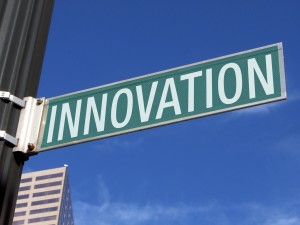How the Bayh-Dole Act Changed Patent Ownership
 For inventors, the ownership of an idea or a product is really important. Consequently, people apply for patents and seek acknowledgement of the work they are doing. For those who are able to invent and create due to the funding of outside sources, the ownership of a patent can sometimes be a topic for debate.
For inventors, the ownership of an idea or a product is really important. Consequently, people apply for patents and seek acknowledgement of the work they are doing. For those who are able to invent and create due to the funding of outside sources, the ownership of a patent can sometimes be a topic for debate.
In the history of patents, one of the heavily debated issues related to those who invent things due to government funding. For a long time, the law ruled that anyone who created an invention with federal funding (no matter where they worked) had to assign ownership of the patent to the federal government. By the 1970’s, the government held more than 28,000 patents, though only about 5% were licensed commercially.
When economic problems hit the United States in the 1970s, there was much conversation in Congress about how to help the American people. One conversation revolved around the ownership of patents and what would be the most economically healthy approach to patent ownership. During these conversations, two senators, Senator Birch Bayh and Senator Robert Dole, became aware of some federal agencies who were allowing institutions to keep the rights to their inventions created through government funded research.
Bayh and Dole worked together to create a bill called the Patent and Trademark Amendments Act, also known as the Bayh-Dole Act. Under this bill, passed in 1980, the Department of Commerce created standard patent rights clauses to be inserted in their funding agreements with not-for-profits, small businesses, and universities. These clauses allow these institutions to retain the right to own the patents on their inventions if they follow certain requirements. These requirements include:
– The patent clause is included in any subcontracts
– Inventions are reported to the sponsoring federal agency
– The institution submits to the agency, in writing, whether or not they wish to hold the title to the invention(s)
– The institution holds an educational course for employees about the importance of timely disclosure
If the institution declines to hold the title on the invention, then the right returns to the federal agency sponsoring the funding. If the agency declines the right, it then falls to the individual inventors.
For those institutions seeking the right to hold the title and file for the patent, there is a lengthy list of subsequent requirements that need to be followed. If you are an institution that is seeking the right to title under the Bayh-Dole act, talk to your local patent office to make sure that you are in compliance with all federal regulations.
